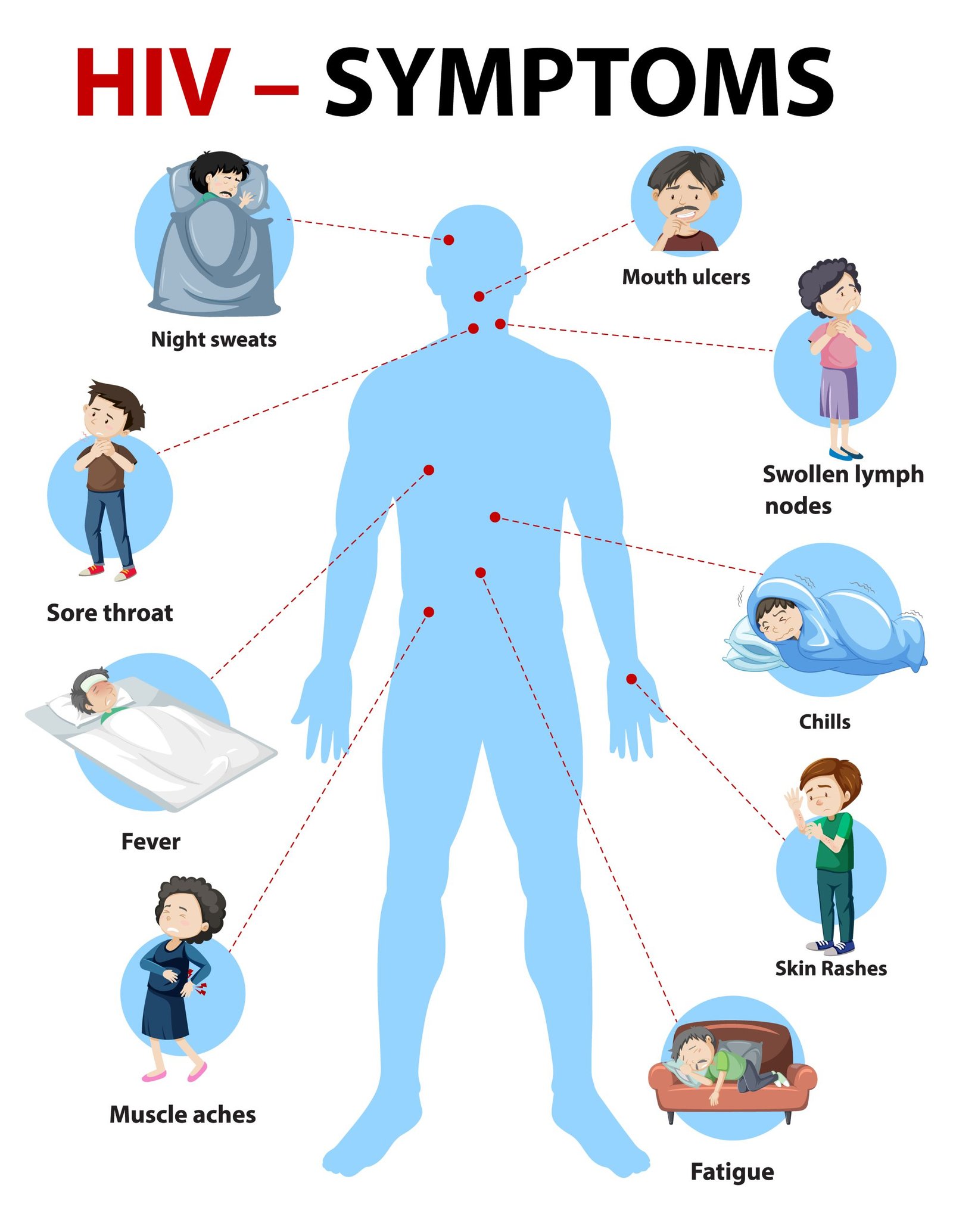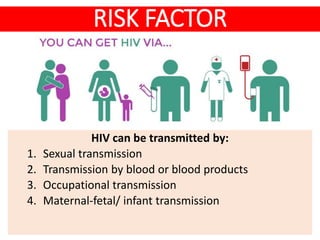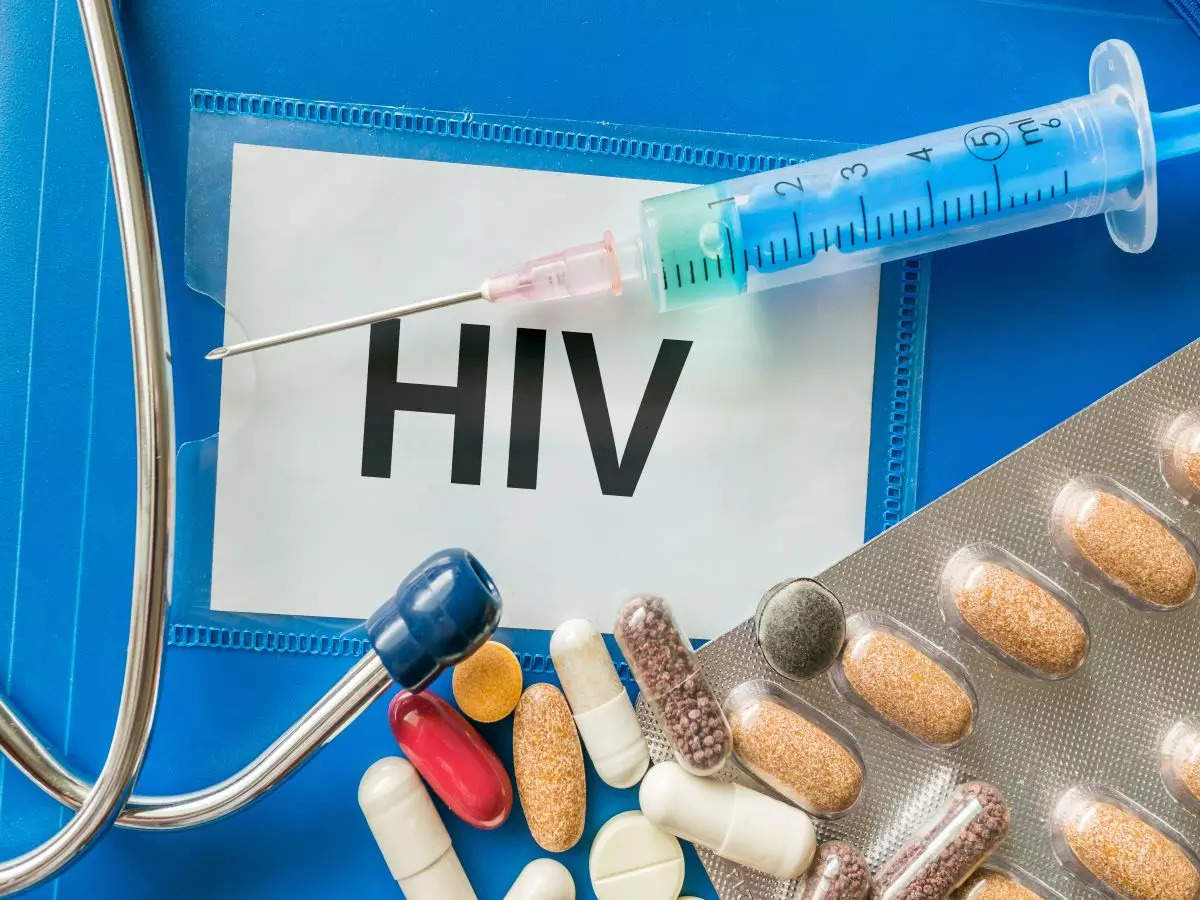Introduction
As the world commemorates World AIDS Day on December 1, 2023, it is imperative to reflect on the current state of the global HIV/AIDS epidemic. This year’s observance comes against the backdrop of significant achievements and persistent challenges in the fight against HIV, a virus that has claimed 40.4 million lives to date. In this comprehensive overview, we delve into key facts, global strategies, risk factors, diagnosis, prevention, and treatment, shedding light on the ongoing battle against one of the most significant public health challenges of our time.
A Snapshot of the Current Landscape
The HIV/AIDS pandemic remains a formidable global public health challenge, having claimed 40.4 million lives so far, with ongoing transmission reported in all countries. Shockingly, some nations are witnessing an alarming rise in new infections, disrupting the downward trends observed in previous years. At the end of 2022, an estimated 39 million people were living with HIV, with two-thirds concentrated in the WHO African Region.
In 2022 alone, 630,000 individuals lost their lives to HIV-related causes, while 1.3 million acquired the virus. Despite these stark numbers, there is a glimmer of hope in the form of effective prevention, diagnosis, treatment, and care measures. These advancements have transformed HIV from a once-debilitating condition to a manageable chronic health issue, allowing individuals living with HIV to lead fulfilling and healthy lives.
Global Strategies and Progress
In response to the ongoing crisis, global health organizations such as WHO, the Global Fund, and UNAIDS have devised comprehensive HIV strategies aligned with the Sustainable Development Goal (SDG) target 3.3, aiming to end the HIV epidemic by 2030. By 2025, the goal is for 95% of all people living with HIV to be diagnosed, on lifesaving antiretroviral treatment (ART), and achieving a suppressed viral load.
While progress has been made, the latest statistics indicate that, as of 2022, these percentages stand at 86%, 89%, and 93%, respectively. While commendable, the road to 95% remains challenging, demanding increased efforts, resources, and global collaboration.
Understanding HIV/AIDS: From Transmission to Treatment
HIV, the virus responsible for attacking the body’s immune system, ultimately leads to Acquired Immunodeficiency Syndrome (AIDS) in its most advanced stage. The virus targets white blood cells, compromising the immune system’s ability to defend against infections and certain cancers.
Transmission occurs through the exchange of body fluids, including blood, breast milk, semen, and vaginal fluids. Notably, HIV is not transmitted through everyday contact such as kissing or sharing food. Mother-to-child transmission is another avenue, emphasizing the need for comprehensive prenatal care.
Signs and Symptoms

The symptoms of HIV vary based on the infection stage. In the initial weeks, individuals may experience flu-like symptoms, including fever, headache, rash, and sore throat. As the infection progresses, the immune system weakens, leading to symptoms such as swollen lymph nodes, weight loss, fever, diarrhea, and cough.
Without treatment, severe illnesses such as tuberculosis, cryptococcal meningitis, bacterial infections, and cancers like lymphomas and Kaposi’s sarcoma may develop. Additionally, HIV exacerbates the impact of other infections, such as hepatitis C, hepatitis B, and mpox.
Transmission and Risk Factors

Dispelling misconceptions is crucial in the fight against HIV. The virus is primarily transmitted through specific body fluids and can be transmitted during pregnancy, delivery, or breastfeeding. Importantly, individuals with HIV undergoing effective ART with an undetectable viral load do not transmit the virus to their sexual partners. This underscores the critical importance of early access to ART and continuous support to ensure treatment adherence.
Identifying risk factors is essential for prevention. Condomless sex, other sexually transmitted infections, substance abuse, needle-sharing during drug use, and unsafe medical procedures are all factors that heighten the risk of contracting HIV. Understanding and addressing these risk factors are pivotal in curbing the spread of the virus.
Diagnosis and Prevention

Rapid diagnostic tests enable same-day HIV diagnosis, facilitating early linkage to treatment and prevention. Self-tests offer additional empowerment, allowing individuals to test themselves, although confirmatory testing is essential.
Prevention remains a cornerstone in the fight against HIV. Condom use, regular testing for HIV and other sexually transmitted infections, voluntary medical male circumcision, and harm reduction services for individuals who inject drugs are key strategies. Antiretroviral drugs, including oral PrEP and long-acting products, as well as vaginal rings, play a vital role in prevention.
Treatment
While there is no cure for HIV, antiretroviral therapy (ART) stands as the primary treatment, preventing the virus from replicating in the body. ART does not cure the infection, but it allows the immune system to strengthen, enabling individuals to combat other infections effectively. Daily adherence to ART is necessary, emphasizing the importance of continued medical support and monitoring.
Pregnant women with HIV should initiate ART promptly to safeguard their health and prevent transmission to the fetus or through breastfeeding. Additionally, antiretroviral drugs can be used preventively, both before and after potential exposure to HIV, known as pre-exposure prophylaxis (PrEP) and post-exposure prophylaxis (PEP) respectively.
WHO Response and Global Health Sector Strategies
WHO, along with global partners, is at the forefront of formulating and implementing health sector strategies to combat HIV, viral hepatitis, and sexually transmitted infections from 2022 to 2030. These strategies advocate for precise, disease-specific actions, leveraging technological and contextual shifts to achieve the ambitious goal of ending AIDS by 2030.
The strategies emphasize shared responsibilities, promoting universal health coverage, and addressing the specific needs of populations most affected by each disease. As part of the broader 2030 Agenda for Sustainable Development, these efforts aim to create a healthier and more equitable world.
Moving Forward in Unity
World AIDS Day serves as a poignant reminder of the collective responsibility to confront and conquer the HIV/AIDS pandemic. While strides have been made, the journey to end AIDS by 2030 is far from over. Global collaboration, increased awareness, and sustained efforts are essential in achieving the ambitious targets set by WHO, the Global Fund, and UNAIDS. As we navigate the complexities of the ongoing epidemic, the commitment to ending AIDS remains steadfast, fueled by the hope that a world without the burden of HIV is not just a dream but an achievable reality.
Also Read about malaria menace https://biziconic.com/malarias-menace-10-best-practical-tips-to/
